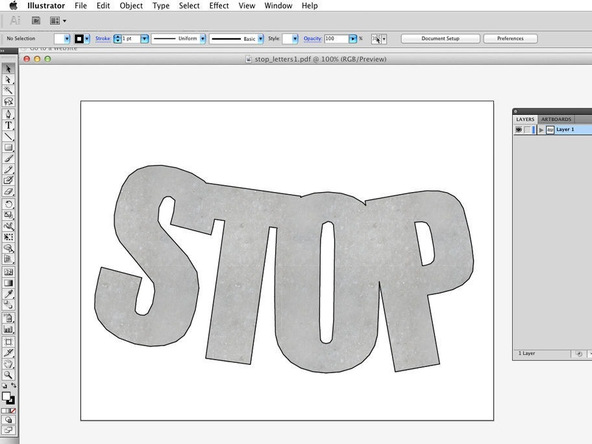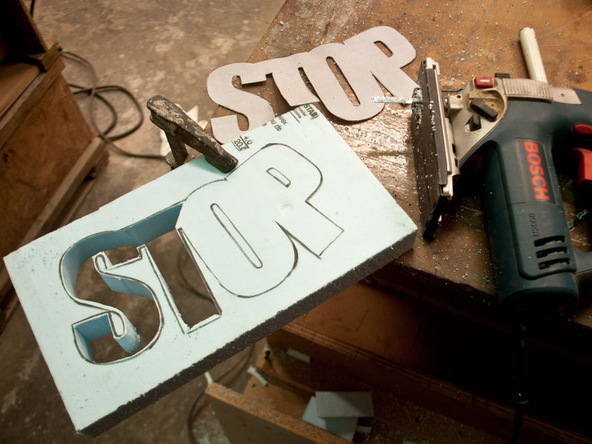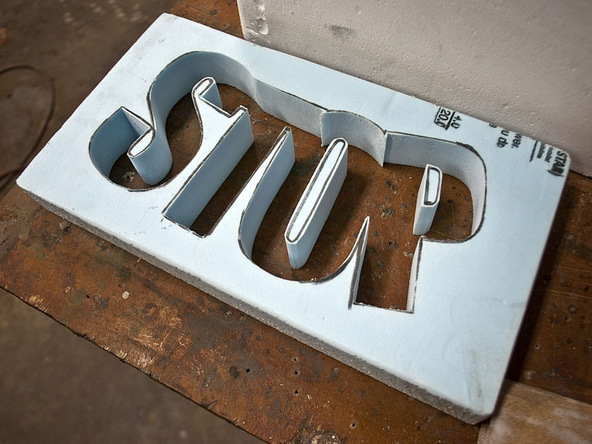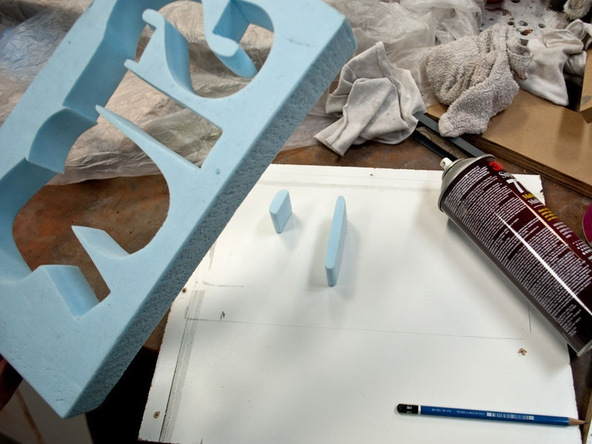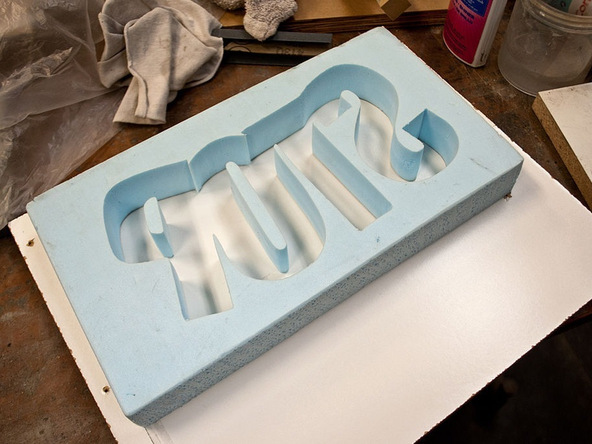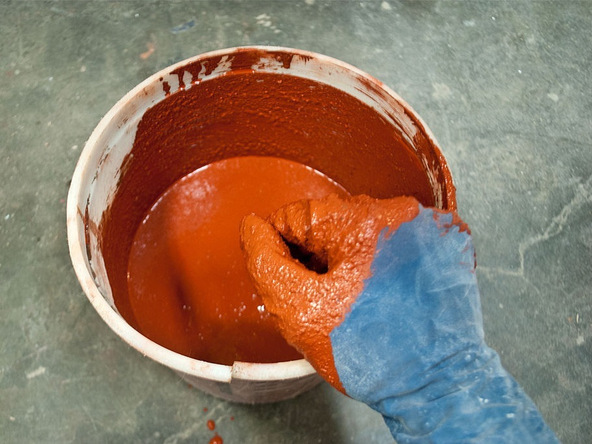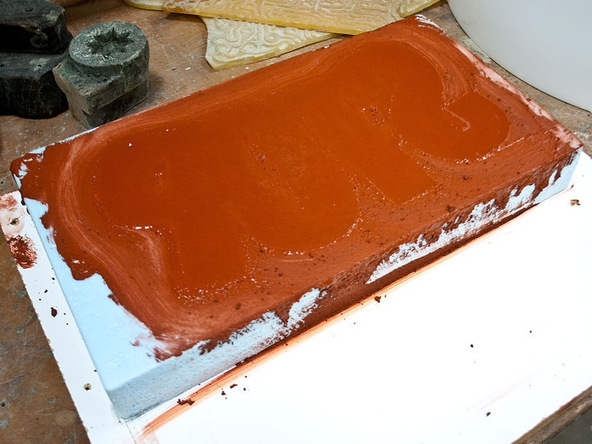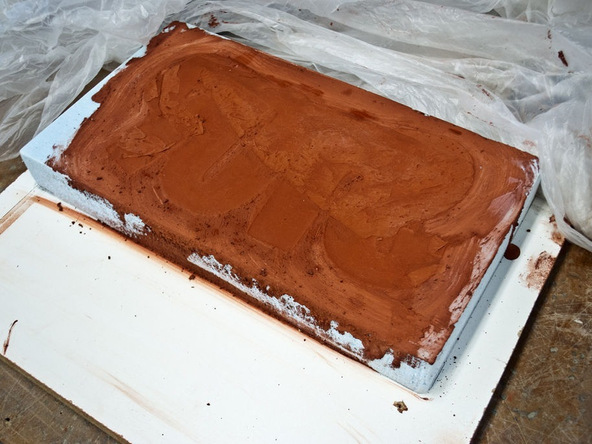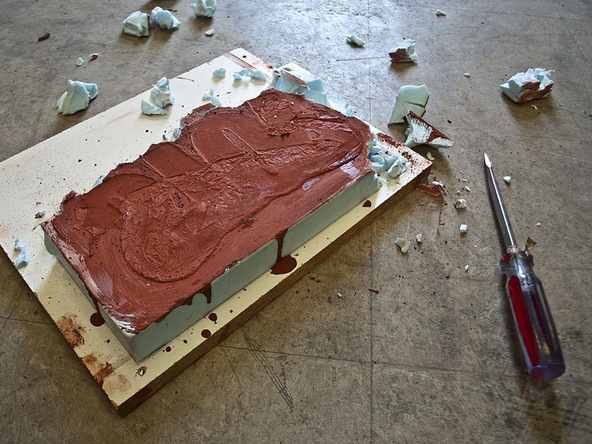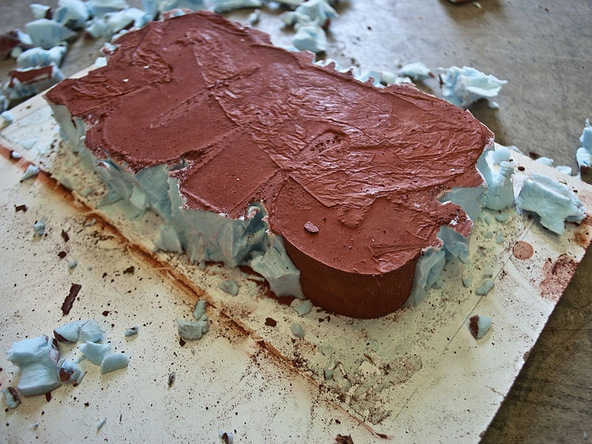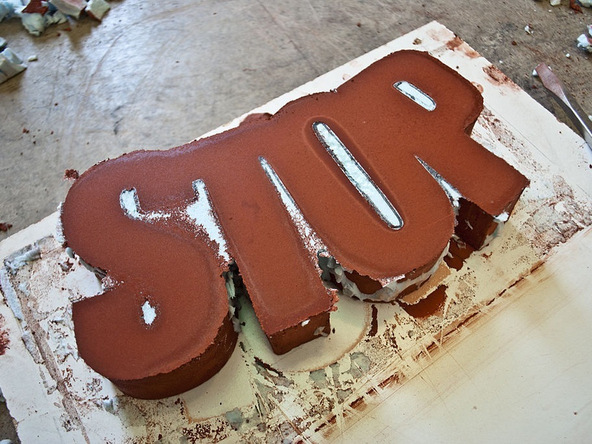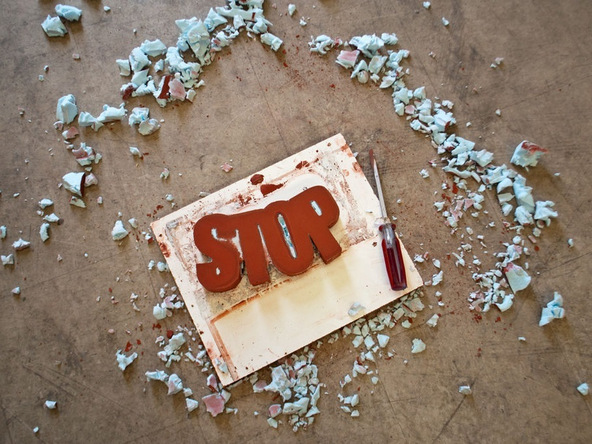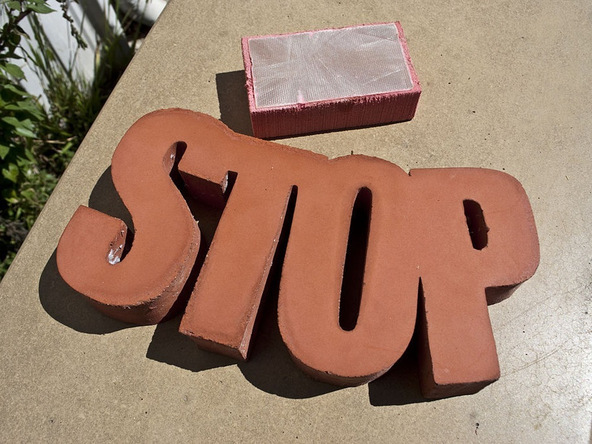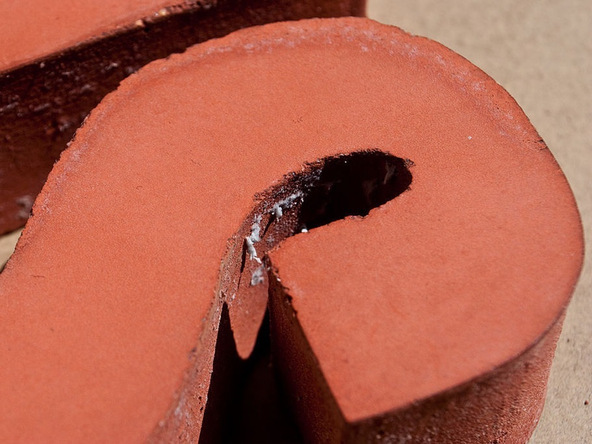This Guide will show you how to make a concrete door stop using a piece of 2″-thick insulating foam. This project is easy to do with scrap materials. First, print out a template, then trace it onto foam and cut out the void in the foam. Glue it down to a baseboard and fill it with concrete. This simple technique has a wide range of possibilities.
What You’ll Need
- Jigsaw
- Mixing Bucket
- Trowel
- Particle Mask
- Rubber Gloves
- Diamond Hand Sanding Pad
What You’ll Need
- Sandpaper (120-, 220-grit)
- Spray Adhesive
- Insulating Foam, 2″ thick
- CHENG Outdoor Pro-Formula
- 5000 psi Concrete Mix

